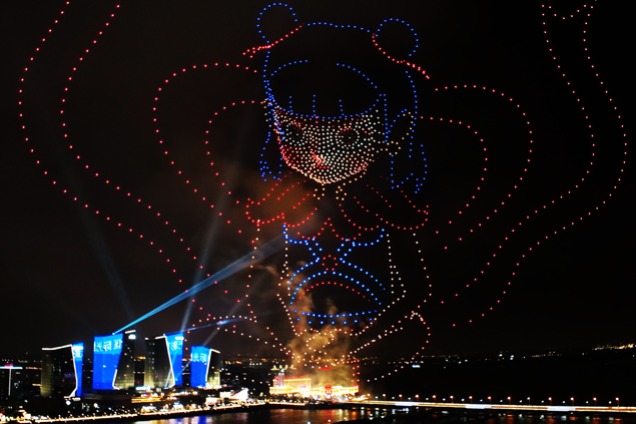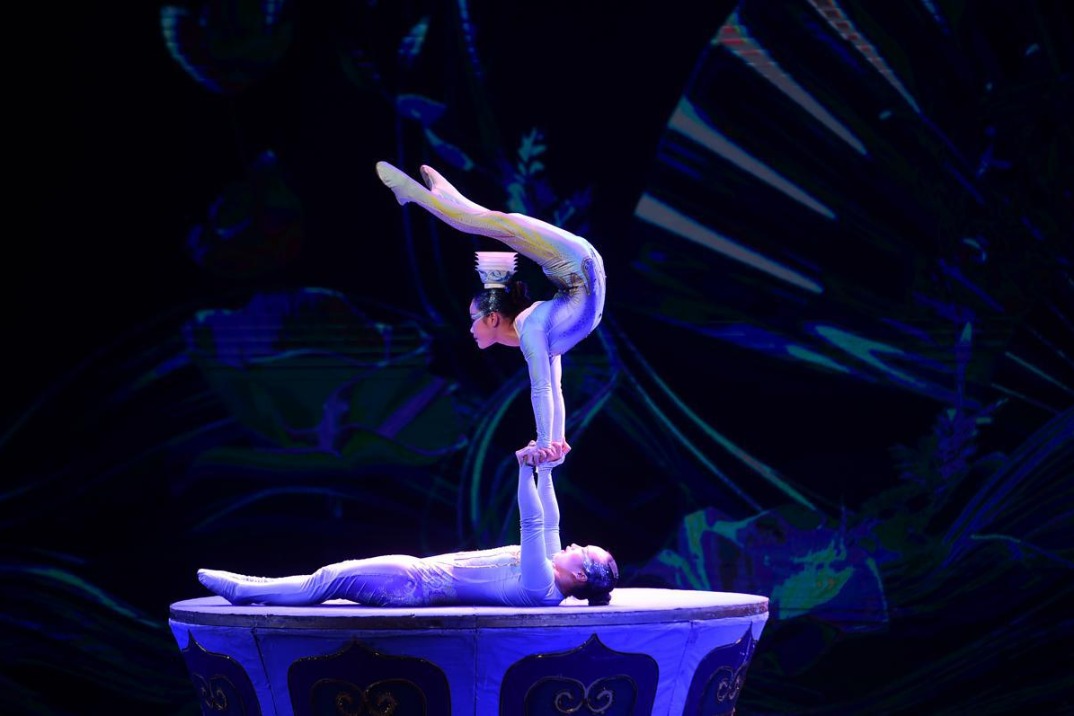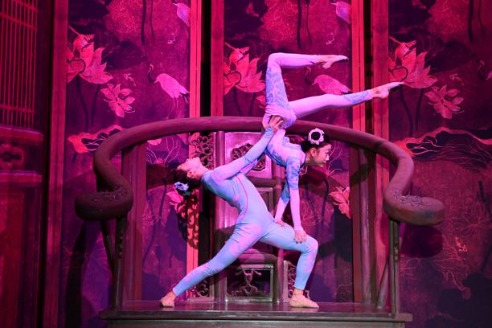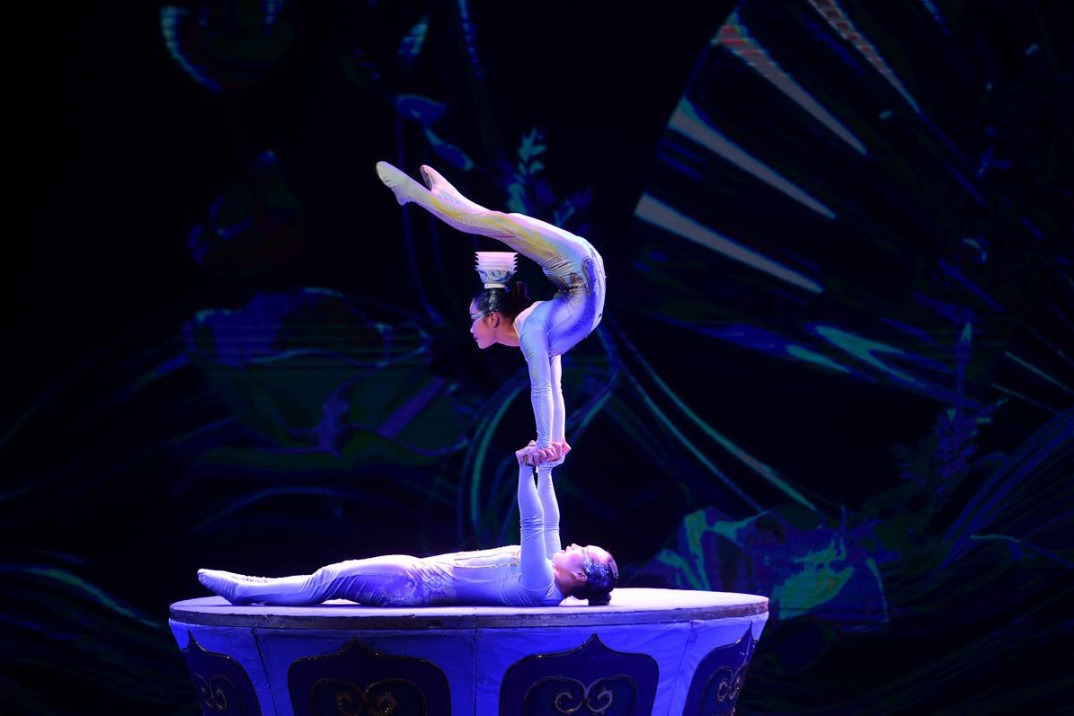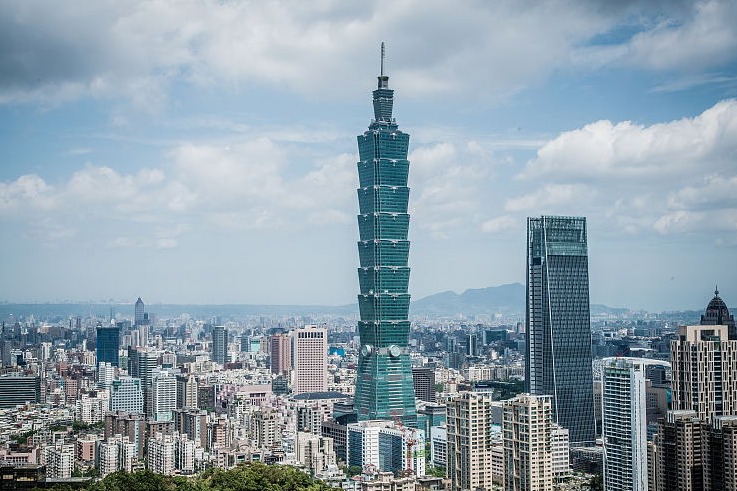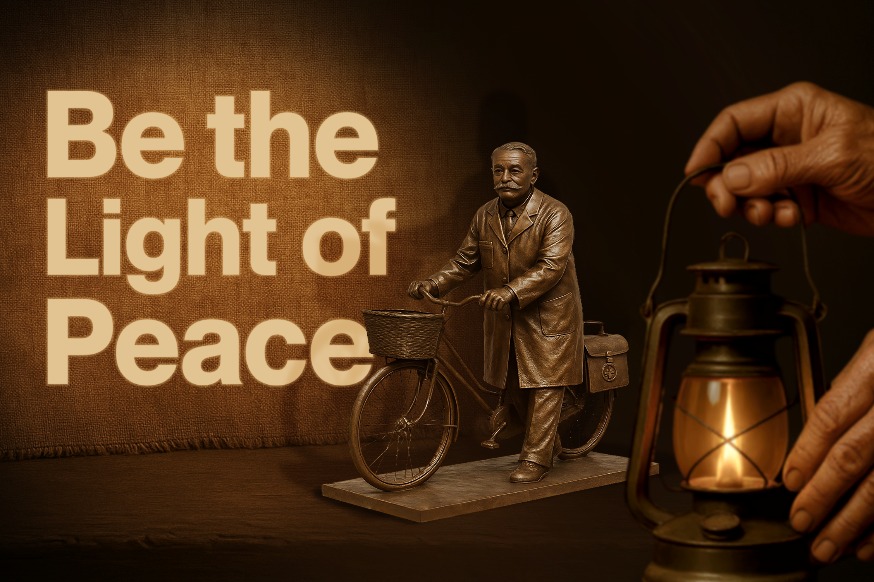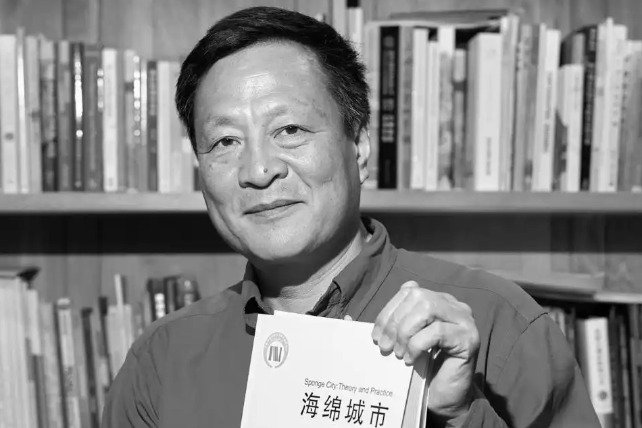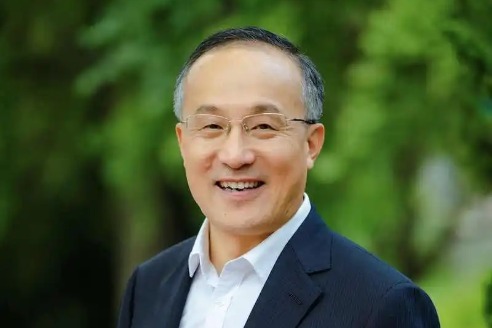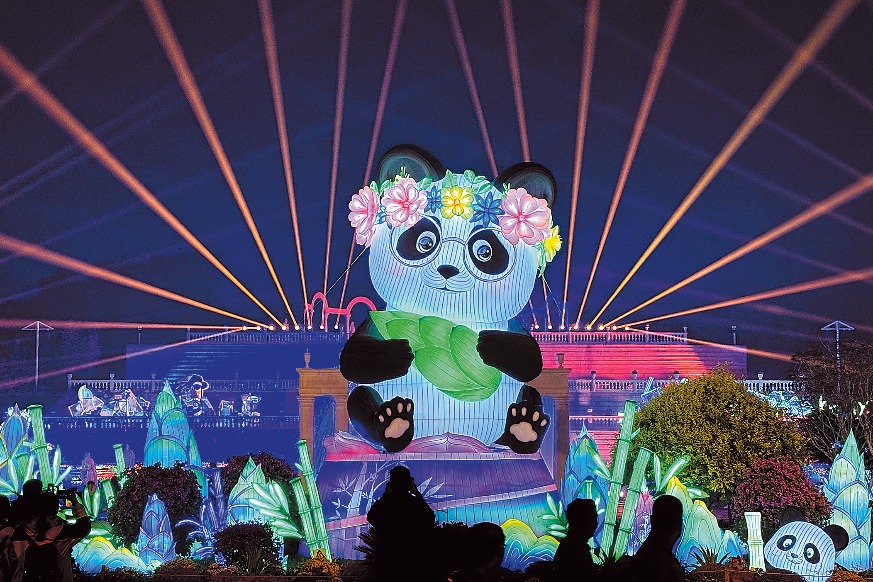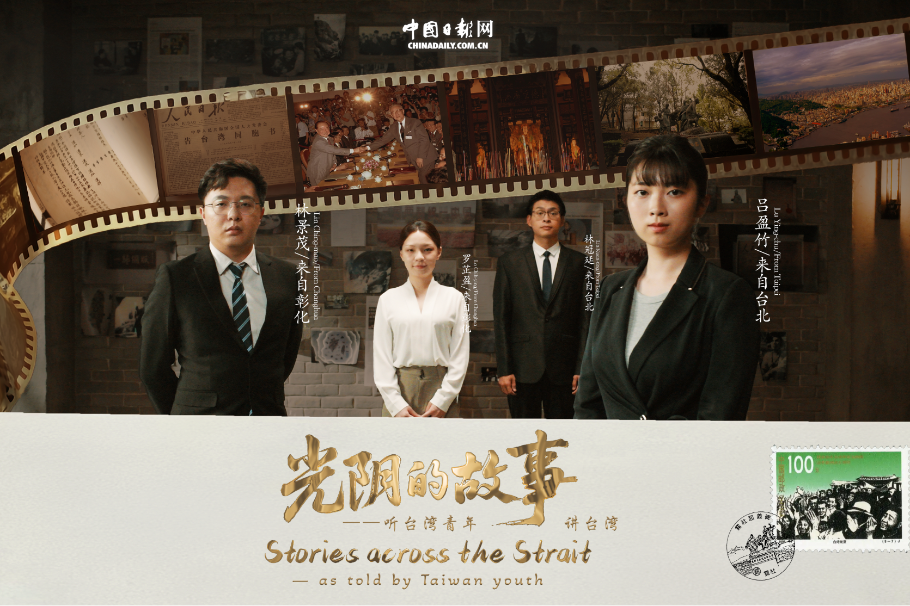Living with arts


Deep appreciation
Industry experts see art collecting as an act of courage and conviction driven by curiosity, inspiration, and a desire to forge new relationships and, more importantly, that courage is expected to permeate Hong Kong, where the market demonstrates its resilience and rising trend of "living with arts".
Damian Chandler, director of the advisory firm Brunswick Arts in Hong Kong, says although Hong Kong collectors have a reputation as flippers - individuals who buy artworks with the intention of selling them quickly for a profit - there is a genuine appreciation and thoughtful curation of personal collections in the city.
In October, Damian and his team collaborated with the local art community to conduct a survey among collectors in Hong Kong, aimed at gaining a deeper understanding of art collector preferences in the city.
The results showed that while the reasons for starting a collection can be manifold, the primary motivation among respondents is the "aesthetic appreciation of art" with almost 50 percent, followed by 22 percent for intellectual stimulation or education.
Another fifth of respondents are mainly motivated to acquire art because of a personal connection to the art or artist and, surprisingly, only 9 percent said they buy art as an investment.
"Defining a collector has become complex in an era where self-identity holds significant weight. If individuals consider themselves collectors, this self-designation is typically acknowledged, especially since the influence of traditional gatekeepers in the art world has diminished," says Chandler.
"A genuine collector's interest extends beyond the mere accumulation of hype artists; it involves a deep appreciation and understanding of the art, its context and ecology - a true connoisseurship that transcends superficial aesthetics," he says. "I feel we have demonstrated that Hong Kong is not merely a marketplace but a community that harbors dedicated and sophisticated collectors."
Ella Bridgland, founder of Studio Ella, agrees that the concept of "living with art" is seen as an integral part of daily life by most Hong Kong collectors. This encompasses not only home decor and personal experiences, but also learning and reflection, emotional or intellectual connections, and social and cultural activities.
"The diverse perspectives on what it means to live with art were truly enlightening. Going beyond the literal sense of placing art in one's home which, in itself, brings plenty of enjoyment for many, art plays a prolific role in the daily experience beyond one's own home museum," she says.
"It's suggested that living with art is a proactive state of engagement, providing connection and deepening our understanding of the world and each other, insights that can inform the way we consider the design of space and experience in both the private and public realm," says Bridgland.
In terms of outlook about collectors' purchasing intentions in 2024, more than half of the respondents in the survey said they planned to buy the same amount of artwork, while 15 percent said they would buy more. This correlates with the findings that about 40 percent of them, overall, are positive about the current state of Hong Kong's art market, with 40 percent staying neutral.
"The results of the survey are very encouraging as they show that a substantial collector base is deeply invested and interested in everyday contact with artistic expression, its contents and its care, which reflects my personal approach to art," says Christina Bartosch, director of Recollect - a collection management services provider. "I see great possibilities for deepening, development and nurturing of those interests, particularly coming from young and new collecting voices."
The rosy picture dovetails with the city's drive to promote cultural development and capture the creative atmosphere, as outlined in the nation's 14th Five-Year Plan (2021-25) to support the development of the East-meets-West center for international cultural exchange in Hong Kong.
Since the normalization of travel between the SAR and the Chinese mainland, as well as the relaxation of anti-pandemic curbs, a string of high-profile art events has been held in the city, including the Art Basel show in Hong Kong - a barometer of the global art market.
According to the organizers, the number of exhibitors who had signed up for Art Basel Hong Kong 2024 had hit 243 as of November - a 37 percent increase over the previous year's figure.
Enhanced efforts
As an auction house that sees Hong Kong as its hub in Asia, Sotheby's is tapping the city's growing art market and advantages in its "free-market economy, efficient business infrastructure and well-developed professional services".
"Hong Kong is one of the world's major art hubs built on strong cultural and commercial foundations. Its strategic location makes it easily accessible for clients from the Asia-Pacific region and beyond," says Nathan Drahi, managing director of Sotheby's Asia.
The SAR government has been ramping up efforts to cement the city's role as an international cultural hub, with the launch of the M+ museum and the opening of the Hong Kong Palace Museum, reflecting the continued importance of art and culture to the public. Sprawled across more than 65,000 square meters on the waterfront of the West Kowloon Cultural District, M+ is one of the world's largest museums of contemporary arts, and is a must-see for tourists from across the globe.
Among a slew of marquee exhibitions was one featuring the new archaeological discoveries of Sanxingdui in Sichuan province, which is held at the Hong Kong Palace Museum through Jan 8. It showcases 120 precious artifacts dating back 2,600 to 4,500 years, highlighting the richness and beauty of traditional Chinese culture.
The SAR government has subsidized more than 670 performances of local art groups or artists to perform overseas since 2017, fostering a cultural dialogue between Hong Kong and the world.
"Thanks to the government's efforts in promoting art and culture, the development of leading art premises and cultural institutions has put Hong Kong on the map as one of the region's landmark art and cultural destinations for local and international visitors alike," says Drahi.
The economic benefits would mean a lot for the SAR. Official data show that the value added of cultural and creative industries in 2021 reached HK$124.8 billion, contributing 4.5 percent of Hong Kong's GDP. More than 225,000 people were employed in these industries that year, accounting for 6.2 percent of the city's total workforce.
Hong Kong's former financial chief Henry Tang Ying-yen says the arts and culture industry can be a new force to drive Hong Kong's economic development.
He suggests that the momentum to promote Chinese culture and arts should be kept. To be specific, to let the world understand the nation well, the SAR can organize a world-class international cultural summit, inviting officials related to arts and culture from different countries and representatives of top international art museums to take part.
This would be a unique "cultural feast" to showcase the city's artistic charms and the country's soft power.
- World's largest-capacity centrifuge goes into operation in Hangzhou
- China's role in shaping Bangladesh's talents
- International Circus Festival brings top performers to Cangzhou
- Tianwen 2 spacecraft halfway to target asteroid
- Vibrant China during holiday: Hitting the road
- International Cartoon and Illustration Exhibition on a Community with a Shared Future for Humanity 2025 Announcement
















